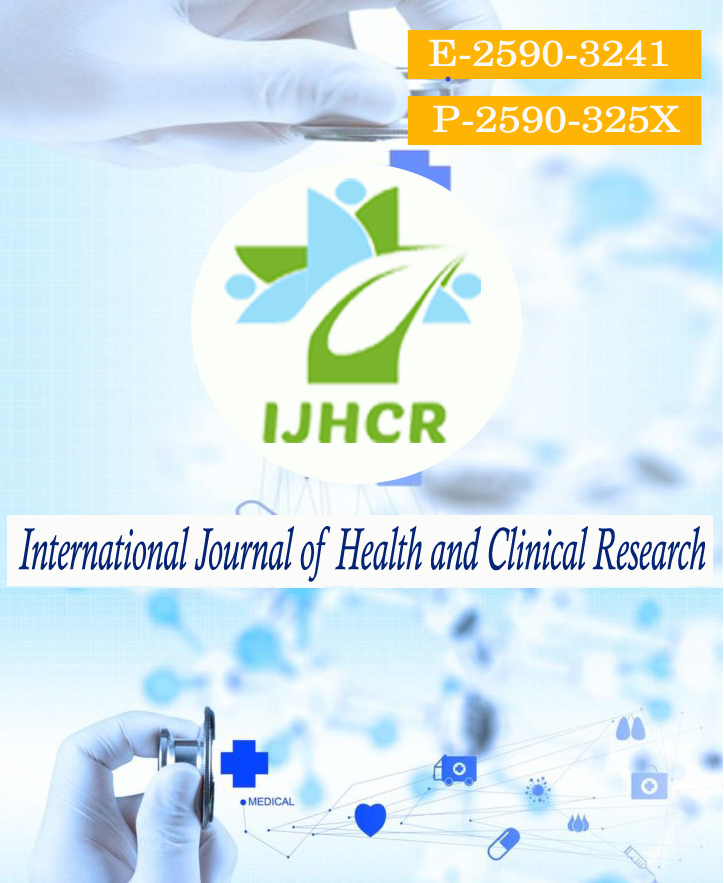A comparative study of anthropometric parameters and their relation to arterial blood pressure and fasting blood glucose in type -2 diabetes mellitus patients and non-diabetic controls
Keywords:
Body Mass Index, Waist CircumferenceAbstract
Background: Patients of Diabetic Mellitus (DM) are more prone for cardiovascular disease. Concomitant chronic diabetes mellitus and cardiovascular disease can have devastating consequences which can worsen the future outcomes of these diseases related to mortality and morbidity. Hence constant follow up of the patient with effective prognostic indicators is very important in modulating the disease outcome either by medical or surgical intervention. At the same time it is even more important in identifying appropriate indicators for assessing the status of the patient. Even though few available indicators are useful in accurately predicting the disease status of the patients, considering the socioeconomic status of countries like India it is desirable to find alternative approaches having qualities of affordability, adoptability, accessibility and applicability. Objectives: To assess Body mass index (BMI), Waist circumference (WC), Arterial Blood pressure (BP) and Fasting blood glucose (FBS) in persons of 40-60 years having Type 2 diabetes mellitus and in age and sex matched healthy persons.To compare the parameter in the above two groups and also to find correlation between anthropometric parameters like BMI and WC with FBS and BP. Materials and methods: Anthropometric measures (BMI, WC) ,Fasting blood sugar (FBS) and blood pressure (BP) were measured ,compared and their correlation was studied in male patients with type 2DM (Group 2) and normal healthy male subjects (Group1) of age group 40-60 years. Results on continuous measurements are presented on Mean ± SD and significance was assessed at 5 % level of significance. Student t test (two tailed, independent) has been used to find the significance of study parameters. Pearson correlation has been used to find the correlation of BMI and WC with FBS and BP. Result: In the present study, there was significant increase in DBP in diabetics and not much difference in SBP when compared to healthy individuals. Also, it is observed that BMI is positively correlated with FBS, and SBP. It is also observed that WC is strongly positive correlated with SBP and DBP and a weakly positive correlated with FBS. Conclusion: From the findings of the present study it is concluded that both BMI and WC had a positive correlation with FBS and BP.Thus simple anthropometric measures like BMI and WC can independently contribute to the prediction of risk factors of CVD and can be routinely used to identify those at risk.
Downloads
Published
How to Cite
Issue
Section
License
Copyright (c) 2022 Santosh Palekar, Pradeep Reddy Srikaram, Srikanth T

This work is licensed under a Creative Commons Attribution 4.0 International License.






 All articles published in International Journal of Health and Clinical Research are licensed under a
All articles published in International Journal of Health and Clinical Research are licensed under a 